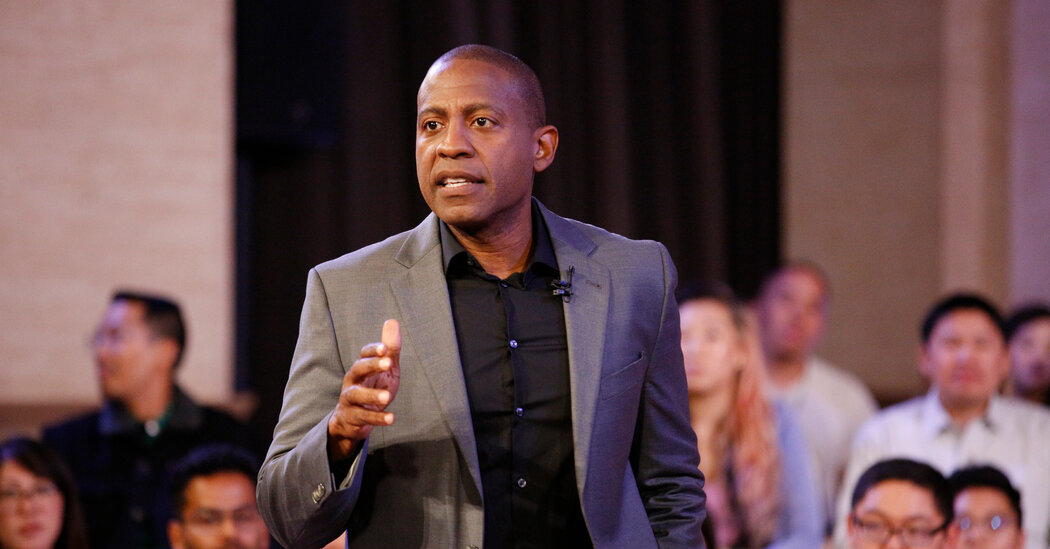
A recent analysis by the social media measurement company Tubular Labs suggests that Ozy spent heavily to boost the number of views for the videos it posted on YouTube by paying to have its videos pop up automatically onscreen.
And even when Ozy offered articles its readers loved and shared in large numbers, it didn’t seem to try to replicate that success, according to a report in the social media-focused newsletter Garbage Day. The articles that were widely shared were “posts about cookies, inspirational stories about elephants, and engaging mini-docs about fashion,” the newsletter reported.
What that left, said a former employee with knowledge of the company’s analytic data, was a real, if tiny, fan base — just not the one Ozy liked to talk about. “The classic demographic for Ozy was a retired female white teacher who used Ozy to stay young and stay woke and loved learning about the world from it,” the former employee said. Samir Rao, the company’s co-founder and chief operating officer, would sometimes joke about bringing in the AARP as an advertiser, the former employee added.
Mr. Rao didn’t respond to a text message, and Mr. Watson denied the claim of the former employee. Ozy’s audience, he said, was “smart millennials and Gen Xers with a strong and growing dose of Gen Z.”
More broadly, Mr. Watson disputed a central challenge to his company’s claims: the idea that there was anything misleading about presenting “The Carlos Watson Show” as a hit show when Ozy was, in fact, paying for views — effectively airing its own programming as an advertisement on YouTube.
Mr. Watson said that was not a problem. “Like all innovative companies (Netflix, Spotify, Tesla and more), we definitely invested smartly in marketing to make sure that our top tier journalism and storytelling was put in front of the right audience,” he said. “We did not want to simply be subject to the vagaries of the algorithms, which is one of the many reasons Ozy is appealing to advertisers.”
Now the investors and advertisers who found validation in Ozy are leaving empty-handed. The employees are no longer getting paid. It was an abrupt fall from a dream, promoted as recently as June to investors, according to a deck shared with me, that the company would be valued at $5 billion in 2025. (You could have bought in at a valuation of a mere $450 million this past summer.)


More Stories
Ronny J and Branden Condy were recently spotted together in front of LIV club in Miami Beach, FL
Abu Dhabi Sustainability Week to host first Green Hydrogen Summit
IDEX, NAVDEX to showcase fast-changing defence sector